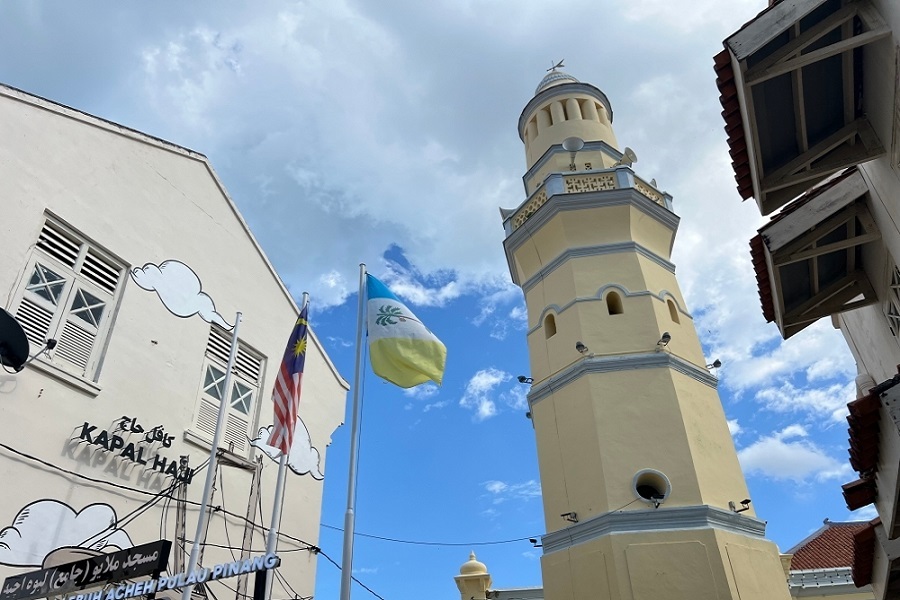Malaysia: Penang’s Mosque Welcomes All in a Spirit of Cultural Harmony

Built in 1808 by Acehnese scholar and trader Tunku Syed Hussain Al-Aidid, the Acheen Street Mosque—also known as Masjid Lebuh Acheh—holds a special place in Malaysia’s Islamic heritage, Malay Mail reported on Monday.
Often referred to in the past as a “mini Mecca,” the mosque was once a key stop for Muslim pilgrims en route to the Hajj and a vibrant hub for Islamic scholarship in the region.
Today, the mosque plays a broader role as a space for cultural and interfaith engagement. For several years, it has welcomed non-Muslims during Ramadan for communal break fast meals. These gatherings, called "harmony iftars," invite leaders from churches, Chinese temples, and other religious groups across George Town.
Read More:
Mohd Norhisham Mohd Abdul Kadir, a mosque committee member, said the initiative is intended to foster mutual respect and understanding. “We don’t want people to misunderstand us, so our doors are always open to everyone, for them to better understand Islam and the beauty of our religion,” he explained. A sign at the mosque entrance explicitly welcomes non-Muslim visitors.
The mosque remains open to the public outside of prayer times, with the only requirement being respectful attire.
As part of its living heritage, the mosque compound still contains five 19th-century kampung houses, four of which are occupied by long-term tenants. One vacant house is being considered for restoration into a religious school.
Architecturally, the mosque reflects a fusion of regional styles. Its minaret, once a navigational beacon for ships, features elements inspired by Yemeni, Egyptian, Chinese, and Mughal architecture. The building’s tiered roof includes Hokkien-style swallowtail ridges, common in 18th and 19th-century mosques throughout Southeast Asia.
Watch More:
The mausoleum of the mosque’s founder and his family lies adjacent to the prayer hall, further cementing its role as a historic and spiritual site.
The Acheen Street Mosque will be among eight heritage buildings participating in George Town’s Historic Building Open House on July 7, offering the public a chance to learn more about its legacy and continued relevance in Malaysia’s multicultural landscape.
Source: Agencies



